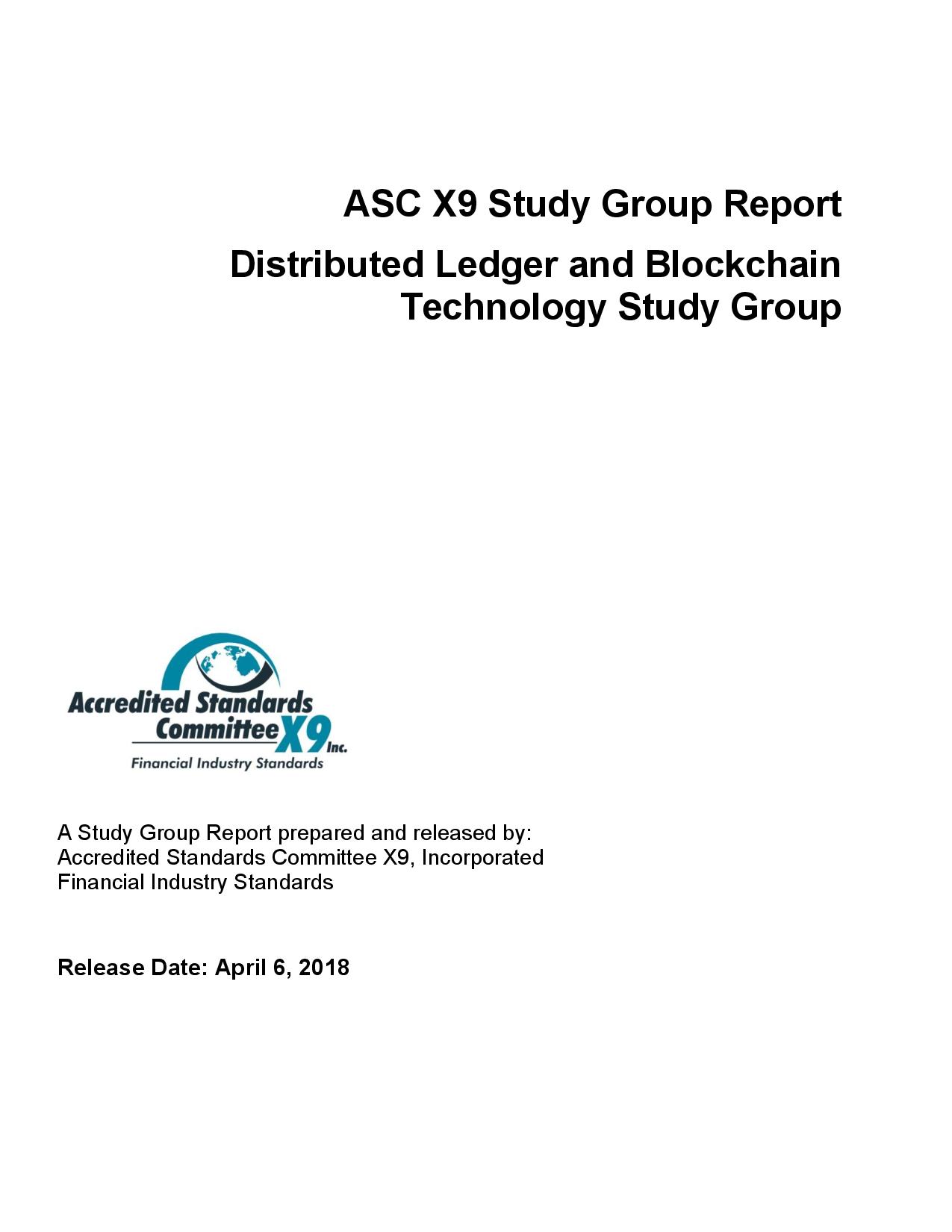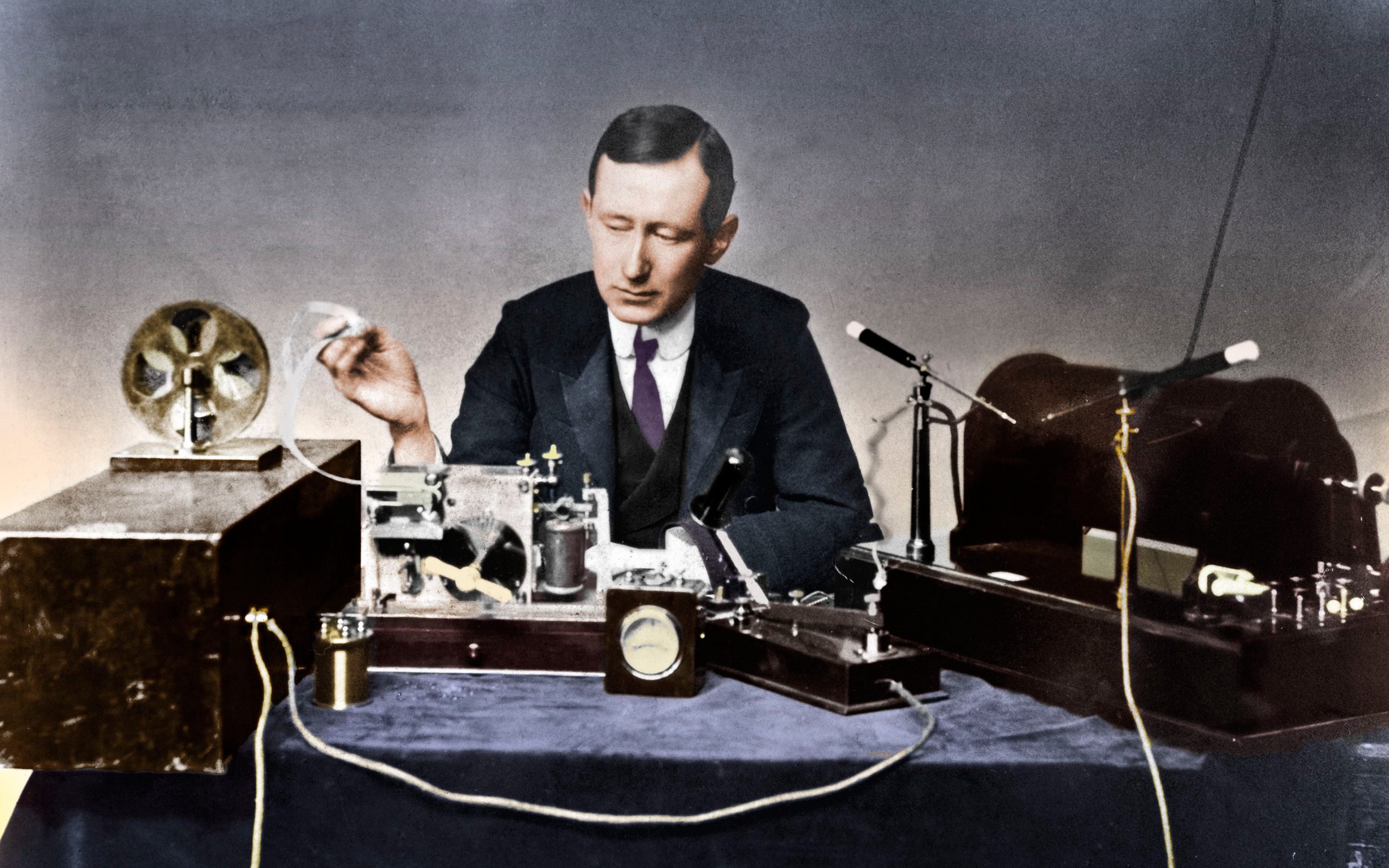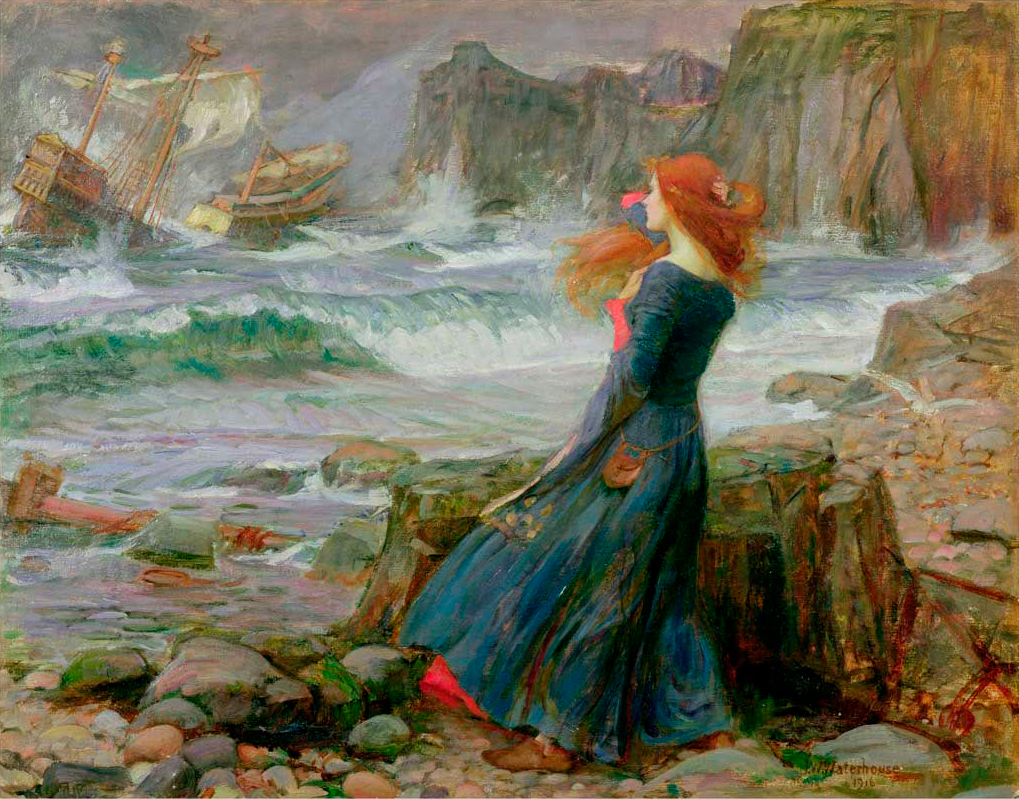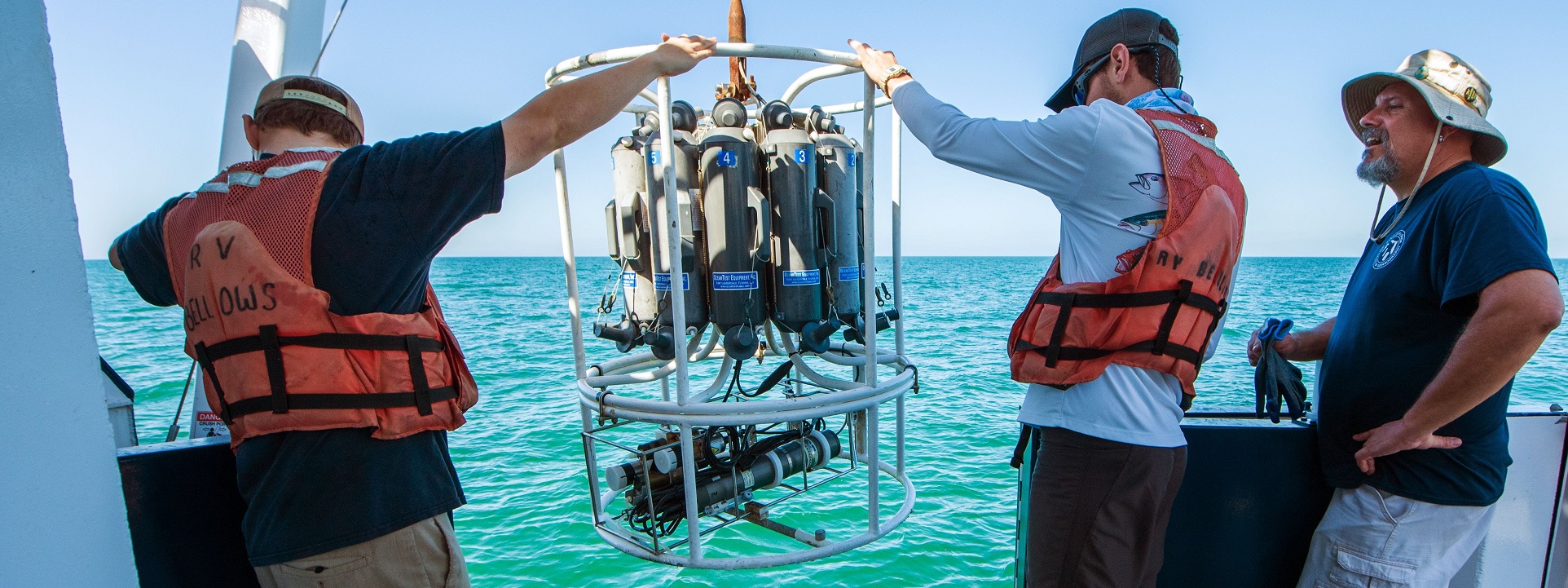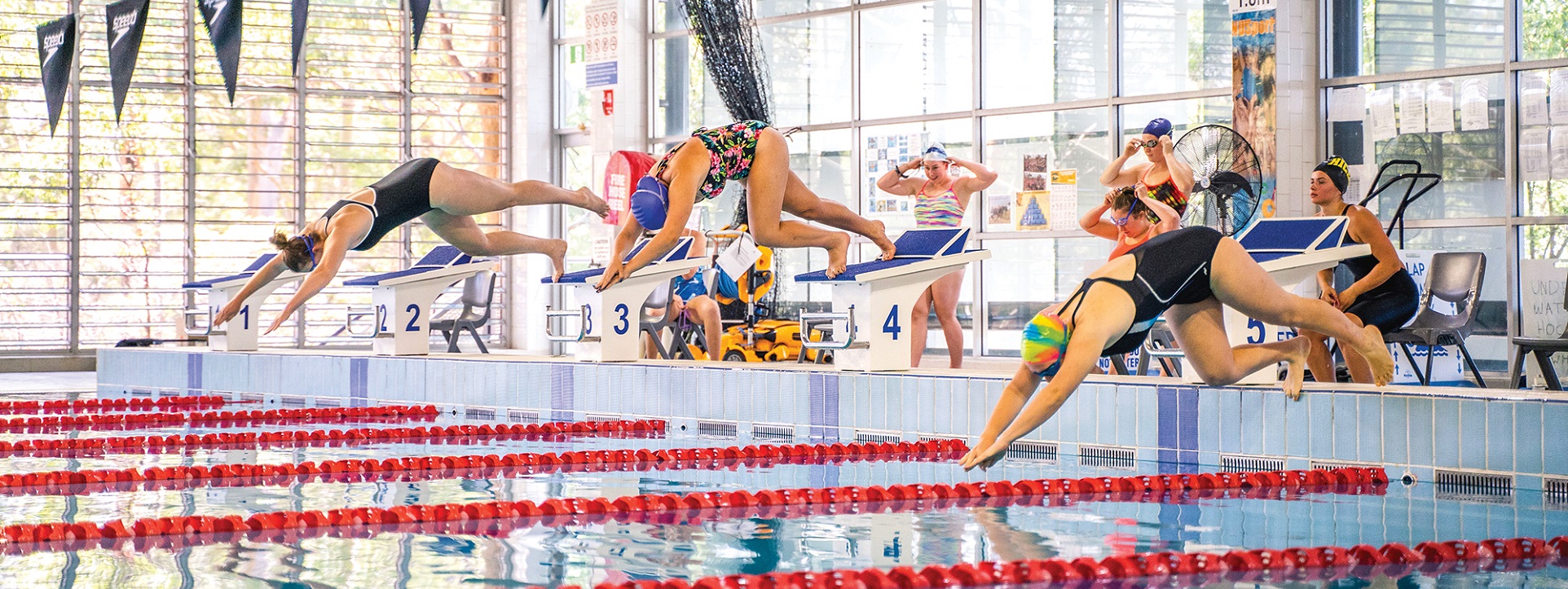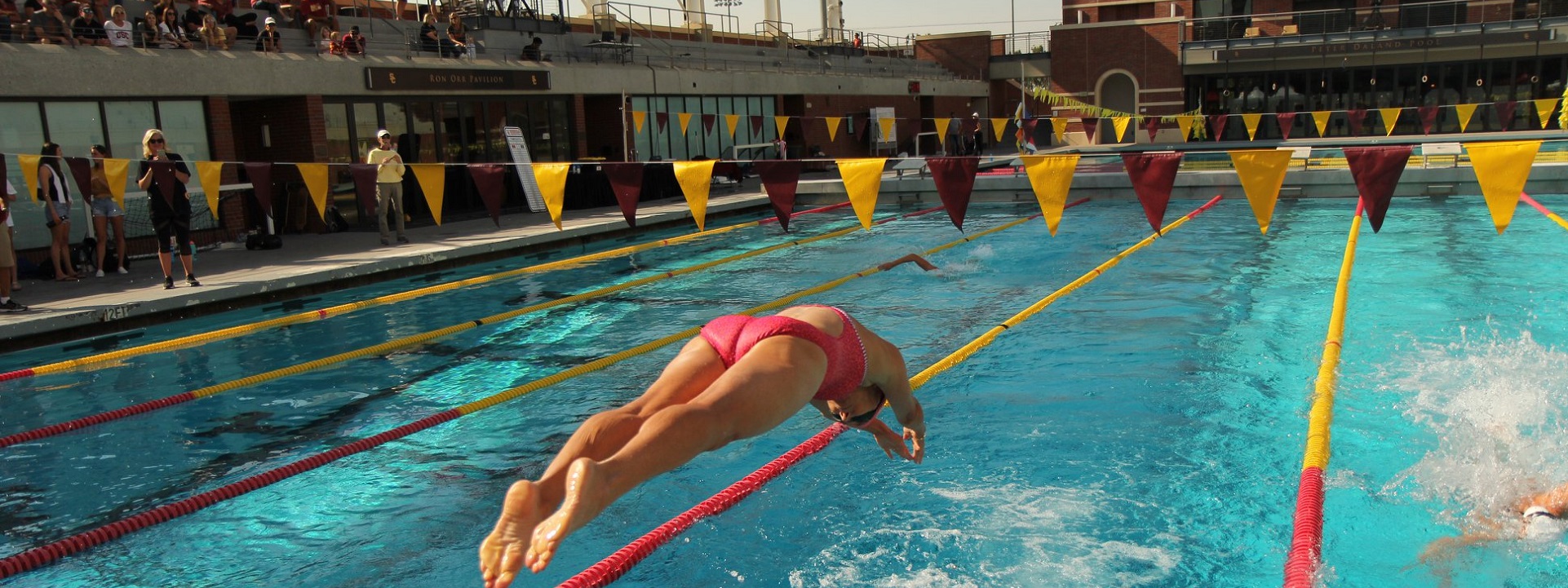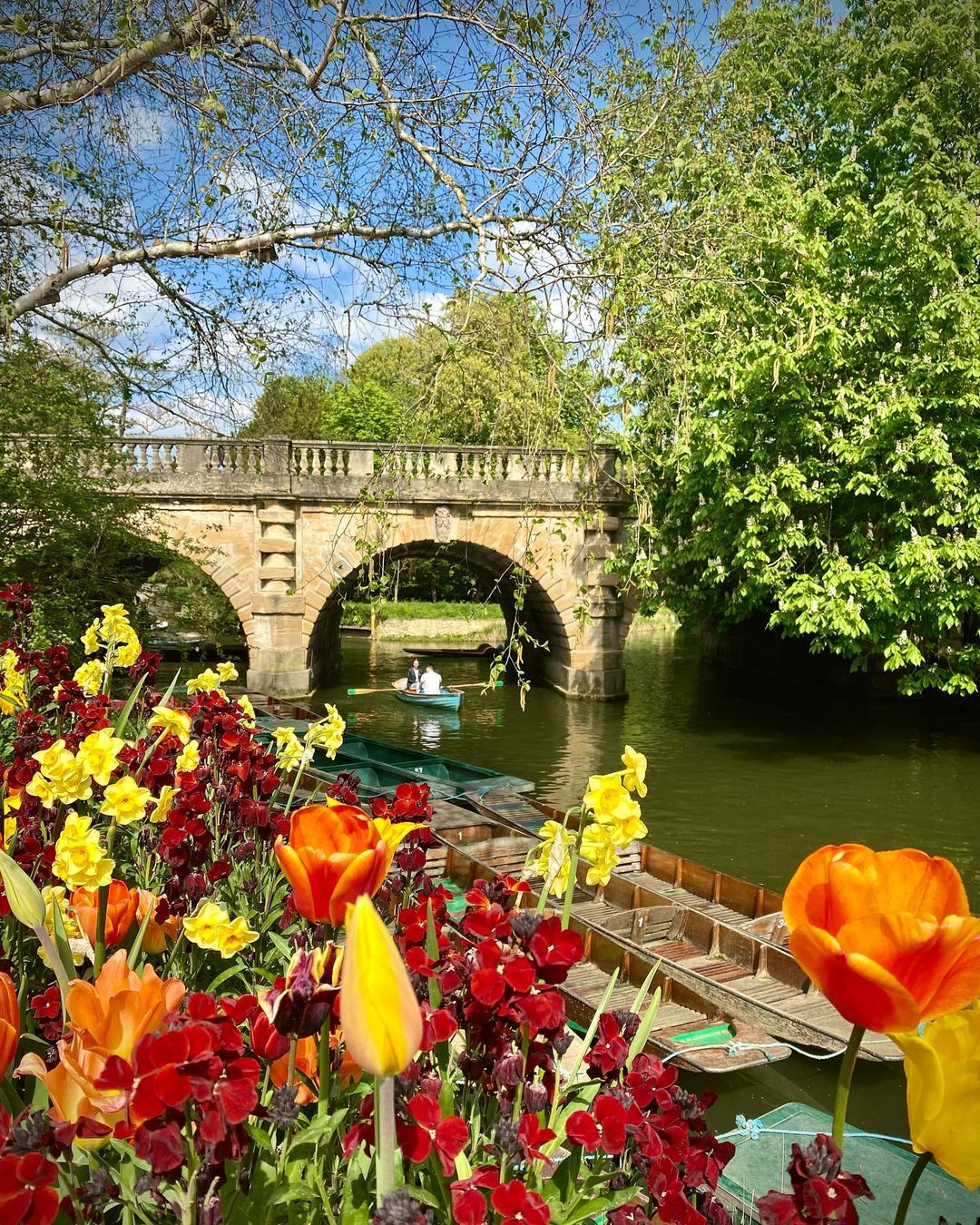How does the electrical grid respond to a crisis?
If the power goes out after a thunderstorm, utility crews are on the job within hours to restore service and get the lights back on. Most electric utilities in the U.S. have a reputation for reliability and recovery from situations like this. It has been noticed as planners began thinking about increased natural disasters brought on by population migration patterns, manmade interference due to malicious cyber-attacks, and the instability brought about by adding large quantities of renewable energy.
At North Carolina State University, The Future Renewable Electric Energy Delivery and Management (FREEDOM) Systems Engineering Research Center was created through funding from the National Science Foundation in 2008 to modernize the electrical grid to accommodate sustainable energy, such as wind and solar power. The Freedom Center has been involved in developing online tools for assessing vulnerabilities to address cyber-physical security called distributed grid intelligence. The hope is that smart microgrids with sensors embedded throughout the system might be more resilient to failure and easier to bring back online and large multi-state electric grids. But the emerging smart grid, together with distributed renewable energy such as rooftop solar, presents a new set of challenges to resilience. The Smart Grid involves more distributed energy down to the home level. That kind of penetration adds a level of vulnerability to a cyber threat. Engineers will certainly have to pay attention to that as the grid gets smarter.




